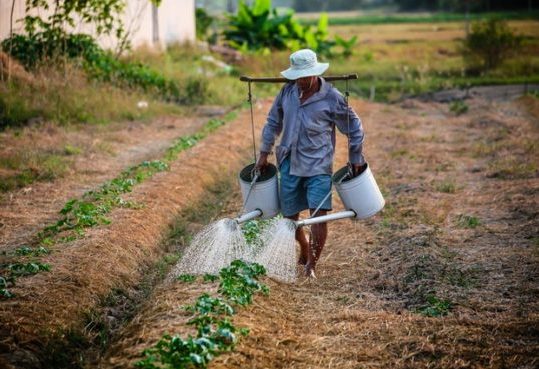About 2.5 billion people around the globe, including 370 million indigenous people, depend on land and natural resources that are held, used, and managed collectively. This means that one third of the world’s population is vulnerable to dispossession by more powerful actors. As stated by the “Land Rights Now” campaign, indigenous peoples protect more than 50% of world’s land surface but have formally recognized ownership over just 10%. In many cases, States or corporations have taken or exploited lands that were legally protected. Industries such as logging, mining, fracking, and intensive agriculture bring pollution and disease to these lands and communities, and to adjacent lands, waters, and populations.
The United Nations Declaration on the Rights of Indigenous Peoples enshrines indigenous peoples’ rights to self-determination and the collective control and management of their lands and resources. But many national governments still do not respect these rights or the principle of free, prior, and informed consent, and have failed to implement the UN Declaration
Read full original article at Slow Food.
31 January 2018Original Author: Francisco Luis Prieto

